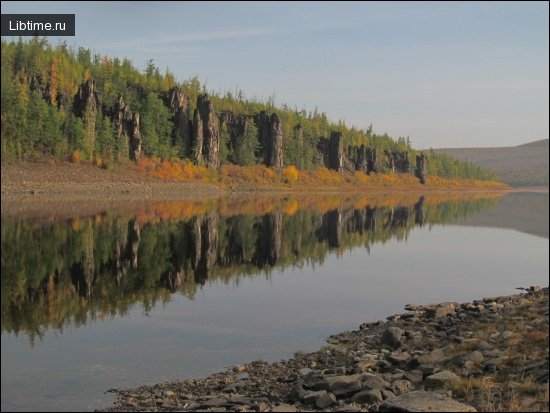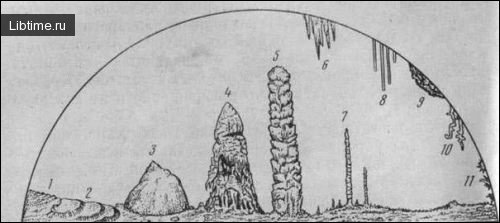Optimist Cave
The Optimistic Cave is the the longest gypsum cave in the world, and the third in the world in terms of the total length of underground galleries (after Flint Ridge Cave with a length of 121,000 m and Hölloch Cave with a length of 109,182 m).
Its entrance is located in a karst sinkhole 1.5 km west of the village of Korolivki. 
The passages are characterized by different morphological structure. Wide (up to 3 m) and low (up to 1.5 m) passages, often with a horizontal or slightly inclined ceiling, usually develop along the cracks.
Galleries confined to tectonic fractures have a gothic or slit-shaped form and reach a height of 10 m. 
The total length of Optimist Cave is 92,000 meters. Cornices are found in many places. The floor is covered with clay up to 0.4 m thick. Landslide deposits are represented by blocks of gypsum.
In the cave there are developed calcite natellas - stalactites and natellas (Grotto Royal, Lvovskaya Gallery). They were formed as a result of dissolution of limestone overlapping sulfate rocks.
Cave pearls are especially interesting. Crystals and druses of gypsum of different size, shape and color (from transparent to black) were observed in some areas. Black coloring is associated with manganese oxides (more information: How minerals are used).
In the western, most depressed part of the cave, where the thickness of the rock roof reaches 70 m, permanent lakes are found. The average air temperature is 8°,6.


